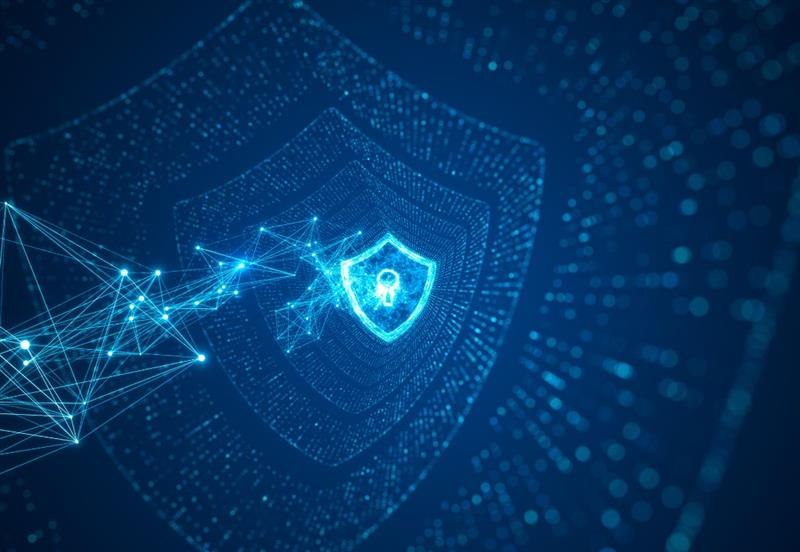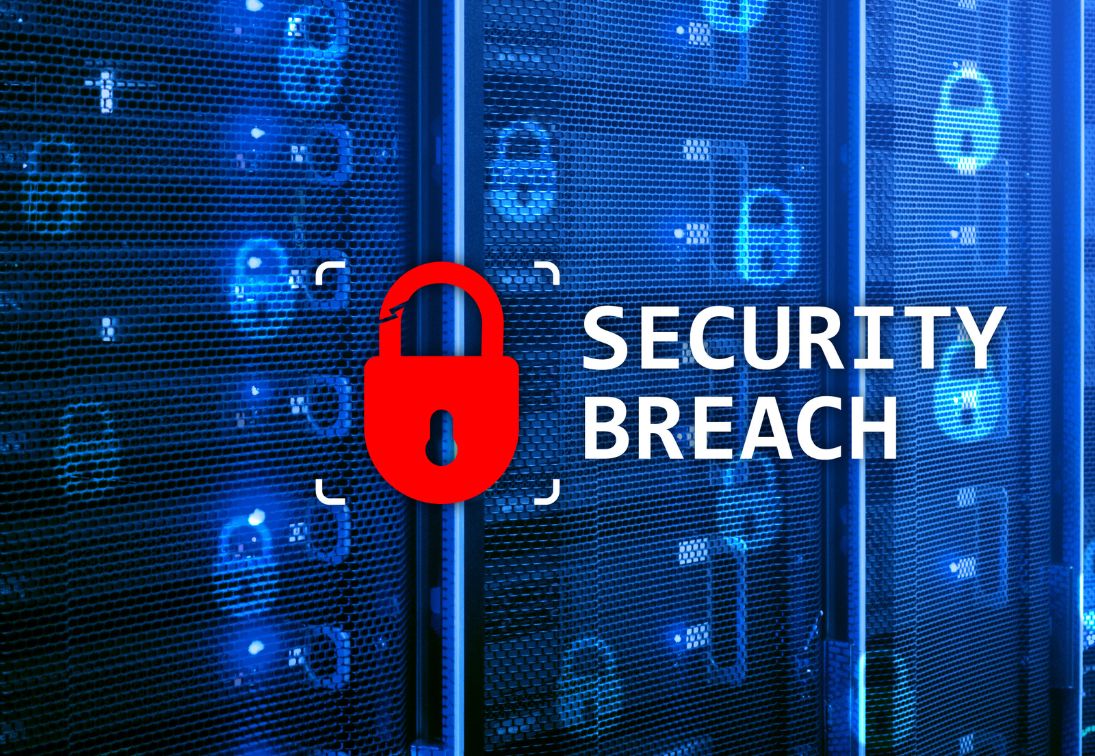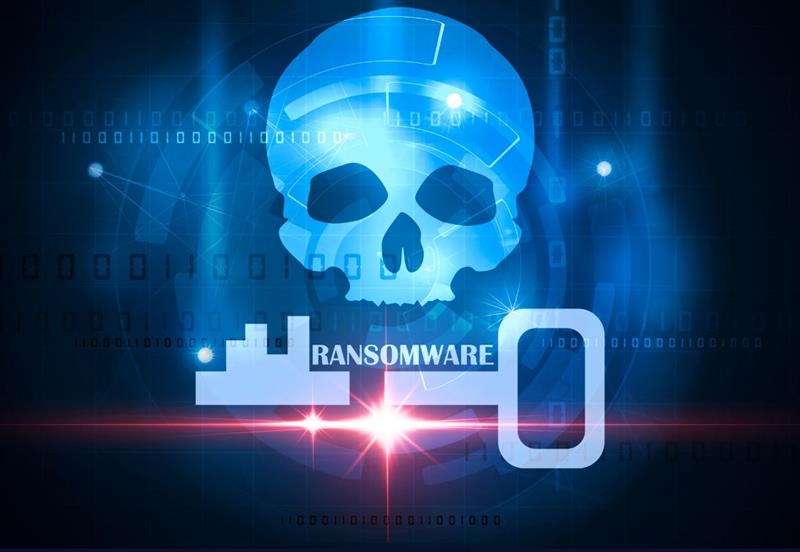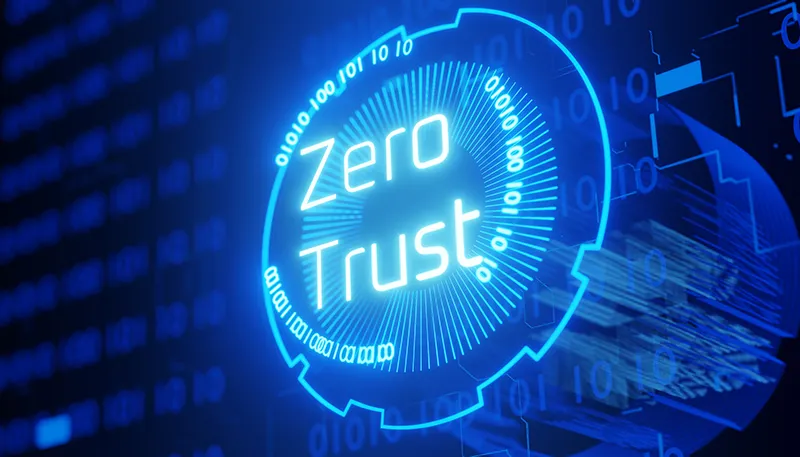For years, organizations have been accustomed to the “trust what’s inside, block what’s outside” model. But in a world where people work from home, attackers jump between systems in the cloud, and hackers use an inside-out approach – this model simply doesn’t hold up. Zero Trust is the modern answer that replaces the old model and requires authentication at every step and for every access, regardless of the user’s location or device. This is exactly what happened to one of my clients: an internal system was compromised through an old VPN access, and a ransomware attack began trying to encrypt files. Only thanks to the early implementation of Zero Trust principles – the attacker was unable to move across the network, and the attack was stopped within minutes.
What exactly is Zero Trust?
Zero Trust is not a product – it is a security concept. The core meaning is simple: trust no one, at any point, without re-verification. Every action is checked, every identity is examined, every system is checked by context. Instead of “once logged in – always trusted”, the method works according to “never trust, always verify”.
What does it look like in practice?
- Every user is required to have multi-step verification – at every login, no matter where.
- Permissions are minimal – an employee can only access what they need, nothing else.
- Every movement within the system is recorded and checked – even if the user is already authenticated.
- Every connected system is monitored – including cloud applications, edge equipment, and internal servers.
The customer – and what saved him
The attack began with an unpatched VPN connection with stolen credentials. But when the attacker tried to access additional systems, he encountered additional authentication, micro-segmentation, and a lack of permissions to access sensitive data. The system recognized the pattern, froze the permission, and sent a real-time alert. This saved the organization from paying a ransom, downtime, and reputational damage.
Why is this especially important for businesses in Israel?
In Israel, many small and medium-sized organizations still operate according to old principles – centralized login, open VPN, users with broad privileges. Each of them is an opening for an attack. So, Information security for small businesses It is very important that these organizations need unique strategies like Zero Trust to effectively protect their religion. Zero Trust is exactly right for such businesses: it is flexible, can be implemented gradually, and most of the necessary tools already exist in systems like Microsoft 365, Google Workspace, or cloud security solutions. How do you start?
- Mapping of all users, systems and data.
- Enable MFA on every interface.
- Reducing privileges by role.
- Division of the network into isolated areas.
- Continuous monitoring of abnormal activity.











